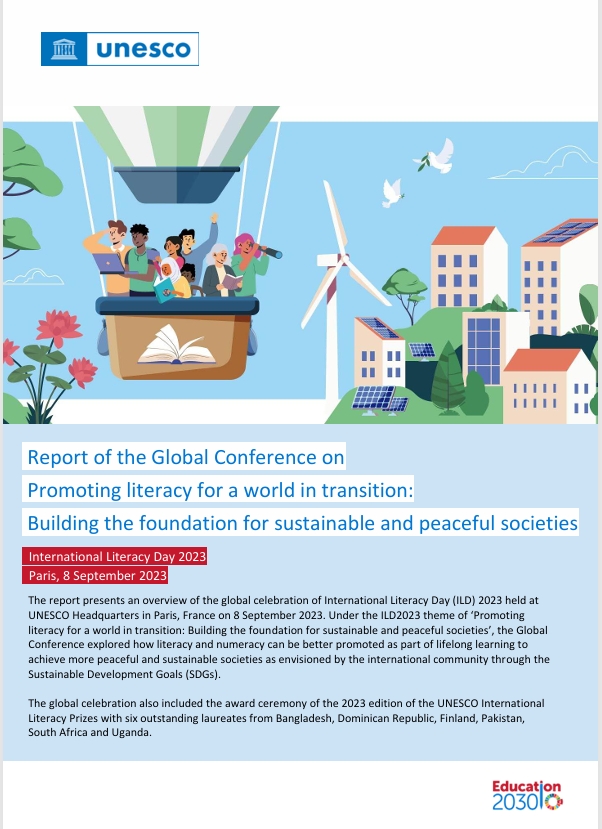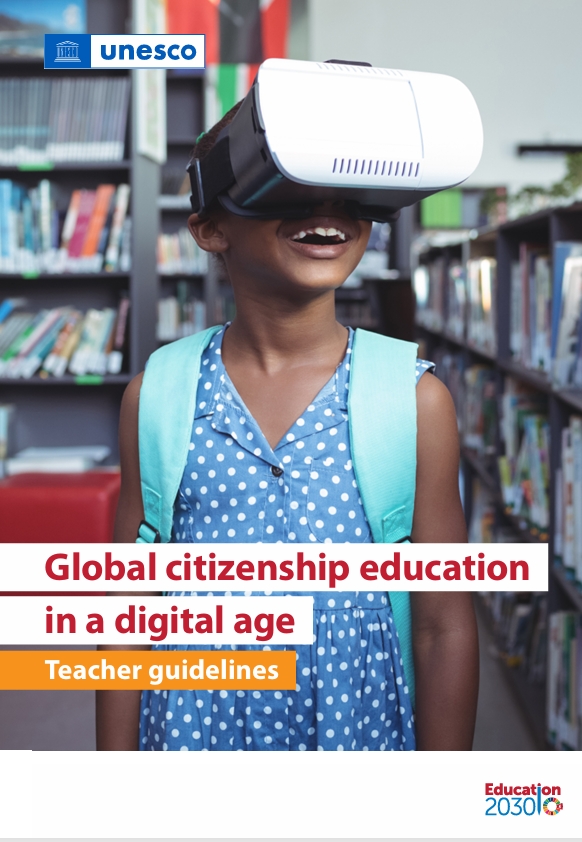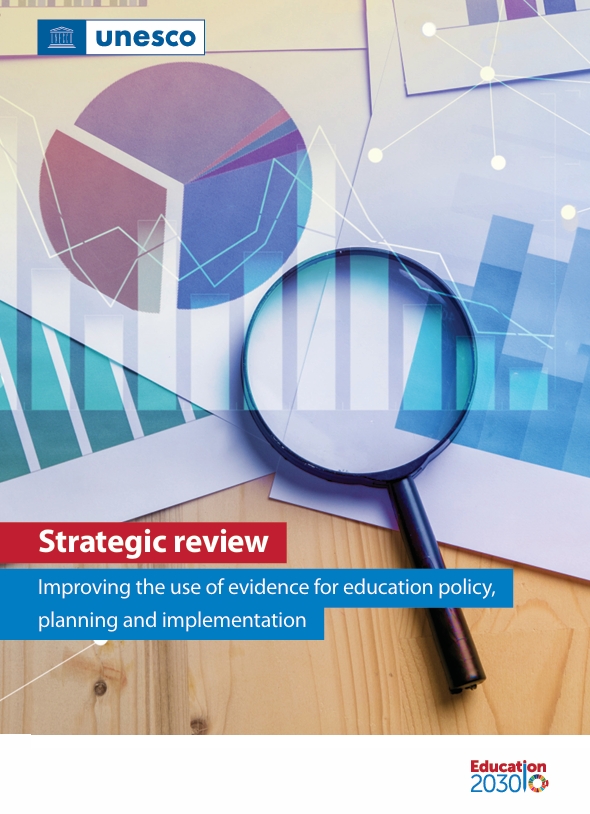The pandemic has revealed longstanding but often overlooked digital inequality among Australian students. A digital equity audit is a necessary first step to fixing the issue.
The COVID-19 pandemic has brought about many changes to the way we live, not least the necessary sudden shift to remote learning for over a billion school students worldwide, with many millions still learning remotely almost one year after the first COVID lockdowns and school closures.
Australia has so far avoided the worst impacts of COVID-19 and in most Australian states and territories students returned to school in May 2020, and only the state of Victoria had a longer period of remote learning of approximately 6 months.
This extended period of remote teaching and learning has brought into sharp focus the critically important problem of the lack of digital inclusion for many students. Access to the internet, and appropriate hardware, software and content are necessary, but insufficient for many students.
At the onset of remote learning in March 2020, the AEU wanted to examine the digital inclusion for public schools students, and to highlight how digital exclusion is an entrenched problem brought to light by the pandemic.
The AEU commissioned researcher Barbara Preston to examine home internet access for school students in Australia, to determine the level of entrenched digital inclusion. Preston’s study used the most recent available census data to look at a range of factors that hinder digital inclusion.
Entrenched digital inequalities disproportionately impact public school students
Although a small proportion of all students in Australia (5%) do not have internet access on any device, Preston found that public school students are overrepresented among those without access: 125,000 of them have no internet access on any device and they were 2.5 times more likely than private school students to have no internet access at home. Aboriginal and Torres Strait Islander public school students were four times as likely as non-Indigenous students to have no internet access at home—21% vs 5%.
The study also revealed that almost a third of students living in very remote areas have no internet access. Prior to COVID-19, students in many regional and rural areas, and many Aboriginal and Torres Strait Islander students in the states of New South Wales and Victoria, were already significantly affected by the horrific bushfires of 2019-20. Preston found that Aboriginal and Torres Strait Islander people were overrepresented in two instances in the fire-affected areas: Aboriginal and Torres Strait Islander children made up 10% of the more than 200,000 school-age children in the fire-affected areas in those two states, compared to approximately 2% nationally. For these students, the disruption to schooling caused by COVID-19 came immediately following, and on top of, the trauma and instability of evacuation, with many losing their homes and schools, and entire towns being destroyed.
Students from low-income households, 80% of whom attend public schools, are 9 times more likely to lack internet access at home than students from high income households. Moreover, public school students are twice as likely to live in overcrowded or unsuitable housing as private school students, which strongly correlates with digital exclusion. Finally, public school students are more likely to have parents who find it difficult to assist with study or technology, due to time constraints.
Further academic and NGO research in Australia has found that digital exclusion is a key driver of educational inequality in Australia. The Smith Family charity found that only 68% of children aged 5 to 14 in Australia’s most disadvantaged communities access the internet at home, compared with 91% of students from the most advantaged communities, and that this causes students to fall further behind at school and to lack the skills they need to take part in the digital world.
The landmark Mitchell Institute report “Educational opportunity in Australia 2020: Who succeeds and who misses out” found that students from low income households “face a double disadvantage, with greater barriers to learning associated with their home environment and poorer access to the opportunities and support they need at school.” It also stressed that “any strategies to improve performance will need to be multi-faceted, begin at birth and address differences in need across all stages of education.” [1]
Addressing exacerbated inequalities in COVID-19 policy responses
Concerned about the situation of the most vulnerable students during the period of remote learning, the AEU conducted a survey of our members in March-April 2020. We found that more than one quarter (27%) of public school principals did not have sufficient resources for a sustained shift to remote learning, and more than three quarters (78%) of these cited funds to provide ICT equipment for students at home as the most important issue.
So how did Australian governments respond to this urgent need? During March and April 2020 individual schools, state and territory governments, charities and telecommunications companies scrambled to provide the means for these students to gain internet access for remote learning through loaned and donated equipment.
By comparison, Australia’s conservative Federal Government response was limited to slightly subsidizing broadband access by lowering the wholesale price of broadband– an initiative that is of little use to those without devices or existing broadband connections.
This dearth of action from our Federal Government has prompted the AEU to take up EI’s call for equity audits to be urgently carried out in schools across Australia, to determine the extent of the “deepened existing structural inequalities within education [made] more visible” by the “global crisis for teaching and learning.” [2] The Australian Government must, as a first step, fund an extensive digital equity audit of the public education system. The AEU has incorporated this call into our lobbying and submissions to government, our media work and is engaging with Australia’s government-owned National Broadband Network Company to highlight geographic and socio-economic shortfalls in access for students.
Digital equity audits should be carried out at a national level in order to provide evidence for comprehensive action plans. They must also take into account the relationship of COVID-19-related remote learning and ongoing disadvantage due to: lack of digital inclusion, potential long-term impact on the achievement of students by home internet access, family income, remoteness, mobility, family type, English proficiency, disability, housing, and Aboriginal and Torres Strait Islander status.
Auditors must have the power to recommend to governments strategies and funding approaches for supporting schools,including specific measures to support disadvantaged students. However, as powerfully argued by Christina J. Colclough in a recent blog and study for EI, this improvement in access must not take the form of a “power grab” by Ed Tech companies of dependant public education systems. This is why digital equity audits must be conducted by governments, without external commercial influence and with the full participation of education unions.
In the current unprecedented circumstances, digital ability, affordability and access are more critical now to student learning than ever. Timely and thorough digital equity audits are essential to identify the digital inclusion gaps for Australian students. These must be followed by a comprehensive plan, developed in consultation with education unions and backed with resources, to permanently address the digital inclusion gap in Australia’s public schools and to provide an equitable education for all students, regardless of their circumstances.
Connect with us :






